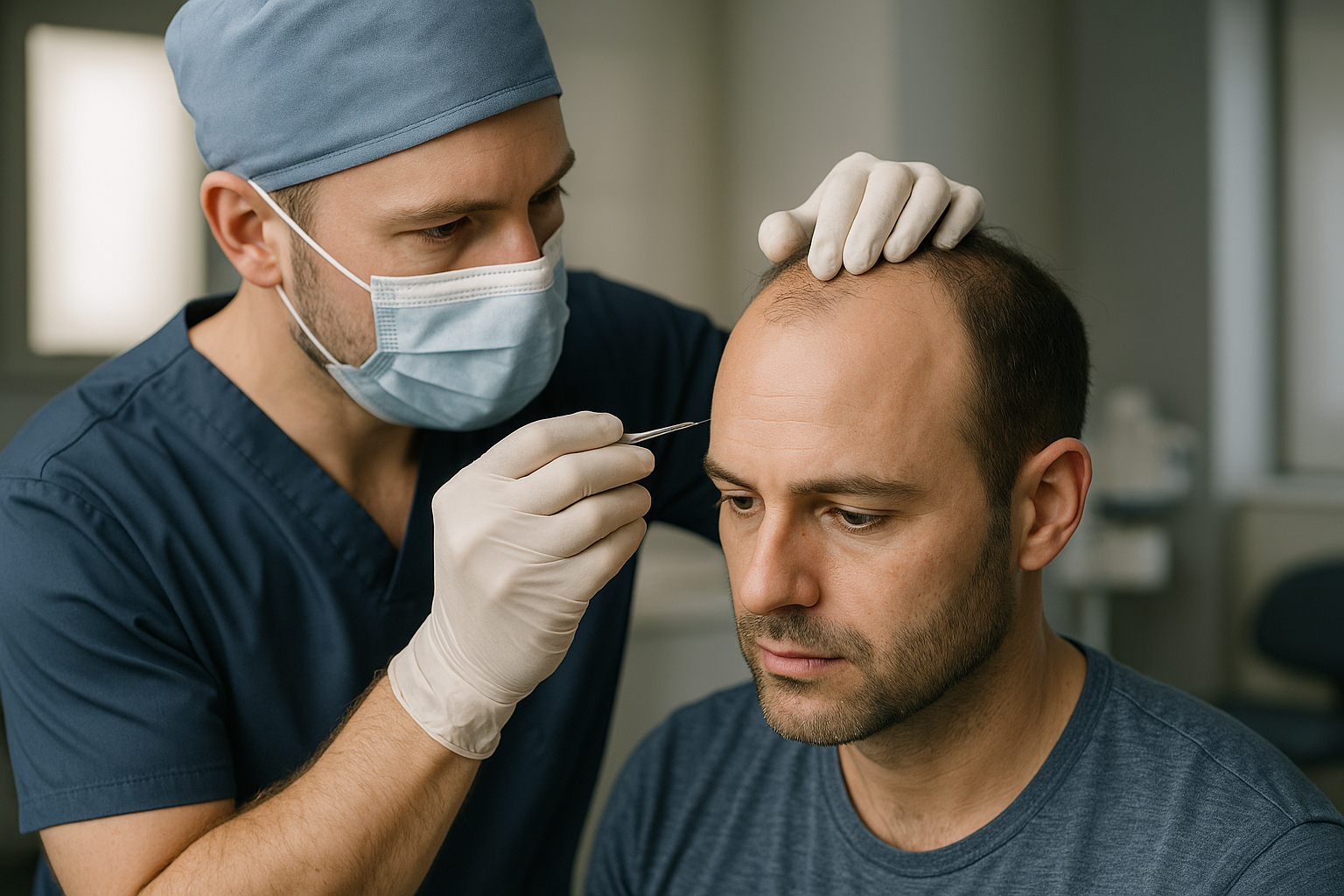Liposuction Surgery: Clinical Trials and Modern Approaches
Liposuction has evolved significantly since its introduction in the 1970s, becoming one of the most commonly performed cosmetic surgical procedures worldwide. Today's patients have access to advanced techniques, refined safety protocols, and even opportunities to participate in clinical research through paid trials. Understanding the various aspects of modern liposuction, from surgical methods to research participation, helps individuals make informed decisions about body contouring procedures.

Understanding Liposuction Surgery
Liposuction is a surgical procedure that removes excess fat deposits from specific areas of the body through suction. The process involves making small incisions in the target area and inserting a thin tube called a cannula, which is connected to a vacuum device. Surgeons use various techniques including tumescent liposuction, ultrasound-assisted liposuction (UAL), and laser-assisted liposuction (LAL) depending on the patient’s needs and the treatment area.
Modern liposuction techniques have significantly improved patient outcomes and recovery times. Tumescent liposuction, considered the gold standard, involves injecting a solution containing lidocaine and epinephrine into the fatty tissue before removal. This method reduces bleeding, provides local anesthesia, and makes fat removal more efficient. Power-assisted liposuction (PAL) uses mechanical movement to break up fat cells, while VASER liposuction employs ultrasonic energy to selectively target fat while preserving surrounding tissues.
The Rise of Paid Clinical Trials in Cosmetic Surgery
Clinical trials in cosmetic surgery have become increasingly important for advancing surgical techniques and developing new technologies. These research studies evaluate the safety and effectiveness of innovative liposuction methods, new equipment, or combined procedures. Participants in cosmetic surgery clinical trials often receive treatment at reduced costs or sometimes at no charge, while contributing to medical research that benefits future patients.
Paid clinical trials for cosmetic procedures typically focus on evaluating new techniques, comparing different methods, or studying long-term outcomes. Research institutions and medical device companies conduct these studies to gather data required for regulatory approval or to validate improved surgical approaches. Participants must meet specific criteria and undergo thorough screening to ensure they are suitable candidates for the experimental treatment.
Liposuction Tuck Trials
Combined procedures involving liposuction and tummy tuck (abdominoplasty) operations, often referred to as liposuction tuck trials in research contexts, represent an area of active clinical investigation. These studies examine the safety and effectiveness of performing both procedures simultaneously versus staging them separately. Research focuses on factors such as operative time, complication rates, patient satisfaction, and recovery periods.
Clinical trials examining liposuction and tummy tuck combinations often evaluate different surgical sequences, anesthesia protocols, and post-operative care strategies. Some studies investigate the optimal timing between procedures when performed separately, while others compare simultaneous surgery outcomes with staged approaches. These trials provide valuable data that helps surgeons make evidence-based recommendations for patients considering multiple body contouring procedures.
Safety Considerations and Candidate Selection
Patient safety remains the primary concern in both standard liposuction procedures and clinical trials. Ideal candidates for liposuction are individuals within 30% of their ideal body weight, have good skin elasticity, and maintain realistic expectations about results. Medical history, current health status, and psychological readiness are carefully evaluated during the consultation process.
Clinical trial participants undergo additional screening to ensure they meet specific research criteria. These may include age ranges, body mass index requirements, previous surgical history, and commitment to follow-up appointments. Participants must understand that they may receive experimental treatments and that outcomes may differ from established procedures. Informed consent processes for clinical trials are more comprehensive than standard surgical consent.
Cost Considerations and Provider Comparison
Understanding the financial aspects of liposuction helps patients plan effectively for their procedures. Costs vary significantly based on geographic location, surgeon experience, facility type, and extent of treatment required.
| Provider Type | Average Cost Range | Key Features |
|---|---|---|
| Board-Certified Plastic Surgeons | $3,500 - $8,000 | Hospital privileges, extensive training, comprehensive care |
| Cosmetic Surgery Centers | $2,500 - $6,500 | Specialized facilities, competitive pricing, focused expertise |
| Clinical Trial Programs | $0 - $2,000 | Research participation, experimental techniques, follow-up requirements |
| Medical Spas with Surgical Facilities | $2,000 - $5,000 | Combined services, varying surgeon qualifications |
Prices, rates, or cost estimates mentioned in this article are based on the latest available information but may change over time. Independent research is advised before making financial decisions.
Recovery and Long-Term Outcomes
Post-operative recovery from liposuction typically involves wearing compression garments, managing temporary swelling and bruising, and gradually returning to normal activities. Most patients resume work within a few days to a week, depending on the extent of the procedure and their occupation. Final results become apparent after several months as swelling completely subsides and tissues settle.
Long-term success depends on maintaining stable weight and healthy lifestyle habits. While liposuction permanently removes fat cells from treated areas, remaining cells can still enlarge with weight gain. Regular exercise and proper nutrition help preserve surgical results and overall health.
Modern liposuction techniques offer effective body contouring solutions with improved safety profiles compared to earlier methods. Whether pursuing traditional treatment or considering participation in clinical trials, patients benefit from thorough research, qualified surgeon selection, and realistic expectations about outcomes and recovery.
This article is for informational purposes only and should not be considered medical advice. Please consult a qualified healthcare professional for personalized guidance and treatment.




